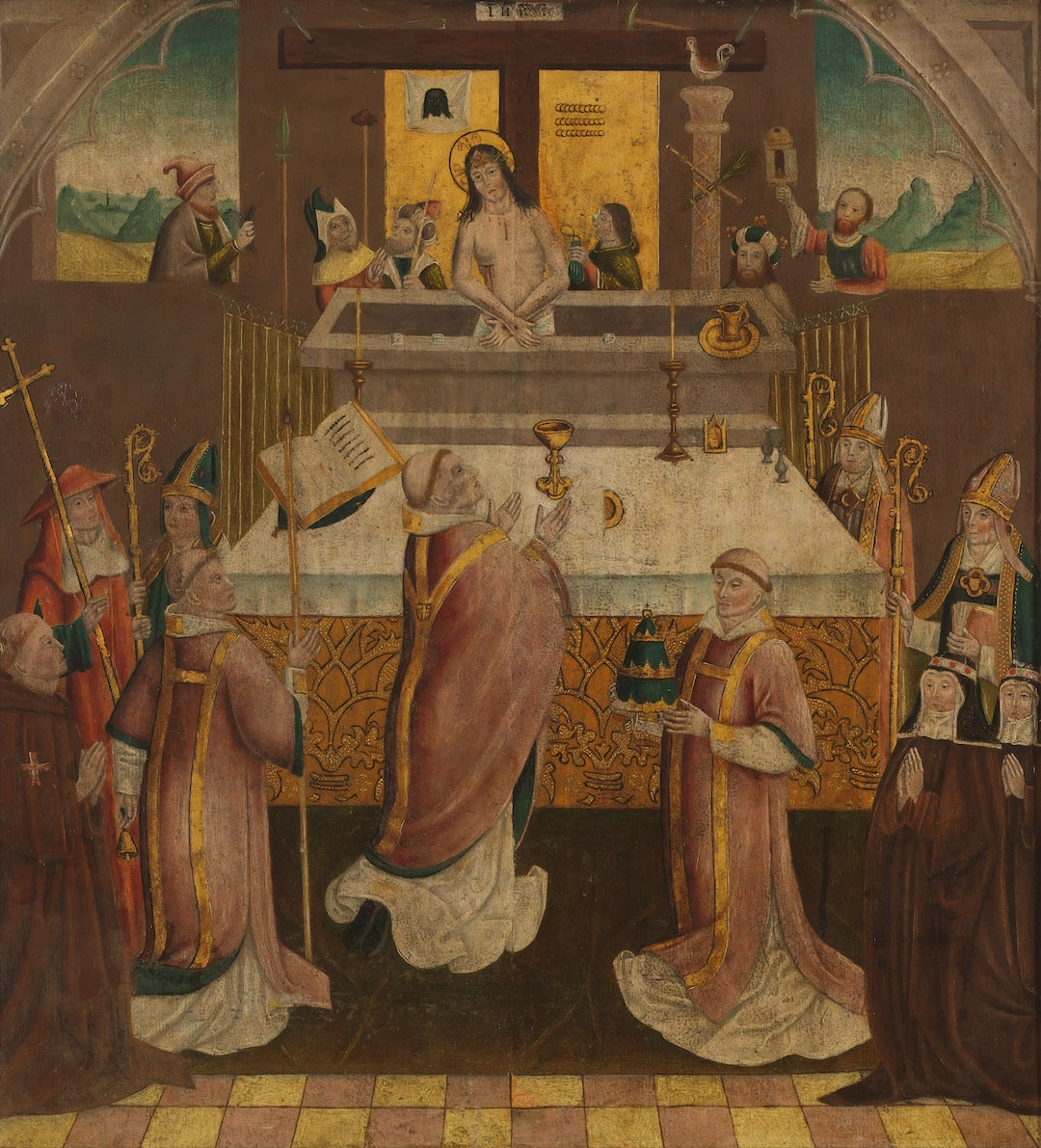Religion has long been a driving force behind the creation of art and architecture. Throughout history, communities have looked to their spiritual beliefs and institutions as a source of inspiration and guidance. As a result, we can see the profound impact religion has had on shaping and influencing various artistic expressions and architectural styles.
In the realm of art, religion has served as both subject matter and motivation. The early civilizations of the world, such as the Egyptians, Greeks, and Mayans, all had religious beliefs that were deeply ingrained in their societies. These beliefs were often depicted through paintings, sculptures, and other forms of artistic expression.
The Egyptians, for instance, created elaborate tombs and temples to honor their gods and ensure the afterlife of their pharaohs. These structures were richly adorned with intricate carvings and paintings, depicting scenes from religious texts and rituals. Similarly, the Greek temples, such as the Parthenon, were built as religious sanctuaries dedicated to the gods and goddesses of their mythology. These structures, characterized by their grandeur and symmetry, served as places of worship and offered a physical representation of the deities they revered.
Religion has also influenced the subject matter of art throughout history. The rise of Christianity in Europe, for instance, brought about a new wave of religious art. During the Middle Ages, Christian narratives and biblical stories became popular themes in paintings and sculptures. Works such as Leonardo da Vinci’s “The Last Supper” or Michelangelo’s frescoes on the Sistine Chapel ceiling depicted religious scenes that aimed to educate and inspire the faithful.
Architecture has also been deeply influenced by religion. Some of the world’s most iconic architectural marvels were built as religious structures. Take the Notre-Dame Cathedral in Paris, for example. This architectural masterpiece is a prime example of Gothic architecture that was designed to serve as a place of worship for Catholics. The intricate stained glass windows, towering spires, and the overall grandeur of the cathedral were meant to evoke a sense of awe and reverence towards God.
Religion has not only shaped architectural styles but has also impacted the layout and design of cities. In Islamic architecture, for instance, the mosque plays a central role in the urban landscape. The design of mosques in cities like Istanbul or Cordoba often includes unique features such as minarets and domes, creating distinct skylines that reflect the importance of religion in the community.
Furthermore, religious art and architecture have been instrumental in preserving cultural identities over time. The temples of Angkor Wat in Cambodia, for instance, are not only religious sites but also symbols of the Khmer civilization. These structures serve as a testament to the artistic and architectural achievements of the Khmer people, as well as the enduring power of their religious beliefs.
In conclusion, religion has had a profound impact on the world of art and architecture. It has served as both a subject matter and motivation for artists throughout history, leading to the creation of magnificent works that continue to inspire and captivate audiences. Moreover, religious architecture has shaped the physical landscapes of cities and served as a means of preserving cultural identities. The impact of religion on art and architecture is a testament to the enduring power of faith and its ability to transcend time and culture.
